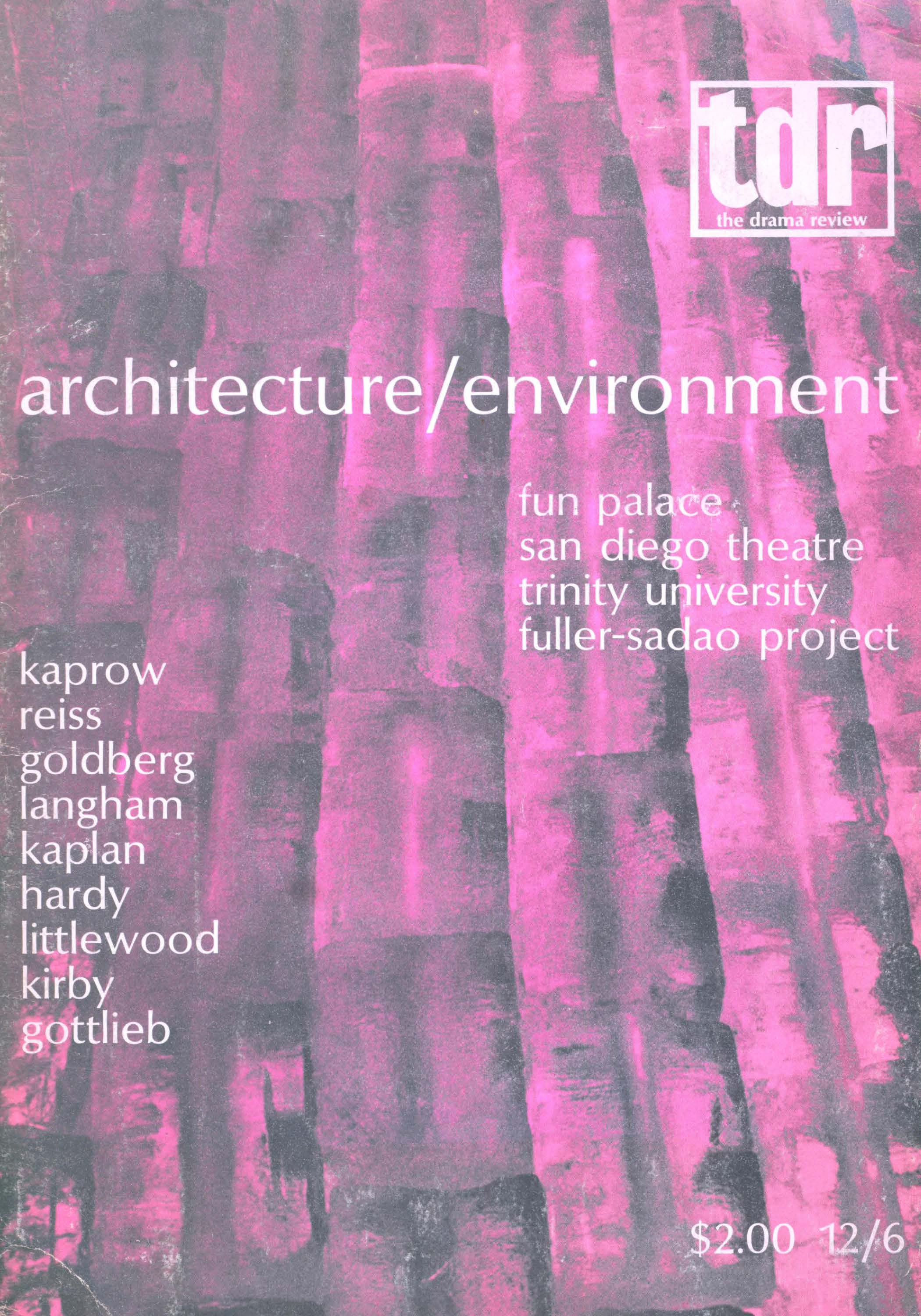Article contents
Extract
Many structuralist plays could be made quite directly into structuralist films. The time or durational structures of the live performances could simply be filmed, with or without the filter of changed camera angle and variation of frame size, to make a movie. Even the three-dimensional spatial structures important to most structuralist plays could be represented or “translated” in film. (For example, two alternating and interwoven stories separated spatially on stage could be distinguished in a film by using different color filters for each; spatial progressions could be translated into color progressions; etc.) Yet it would be impossible to make most structuralist films into live performances. Structuralist films tend to exploit the high degree of mechanical control inherent in the medium, a control that is not possible in live performance. Thus an analysis of selected films that may be called structuralist should tell us something about the media of film and theatre and about structuralism itself.
- Type
- Research Article
- Information
- The Drama Review , Volume 23 , Issue 3: Structuralist Performance Issue , September 1979 , pp. 93 - 102
- Copyright
- Copyright © 1979 The Drama Review
- 4
- Cited by


